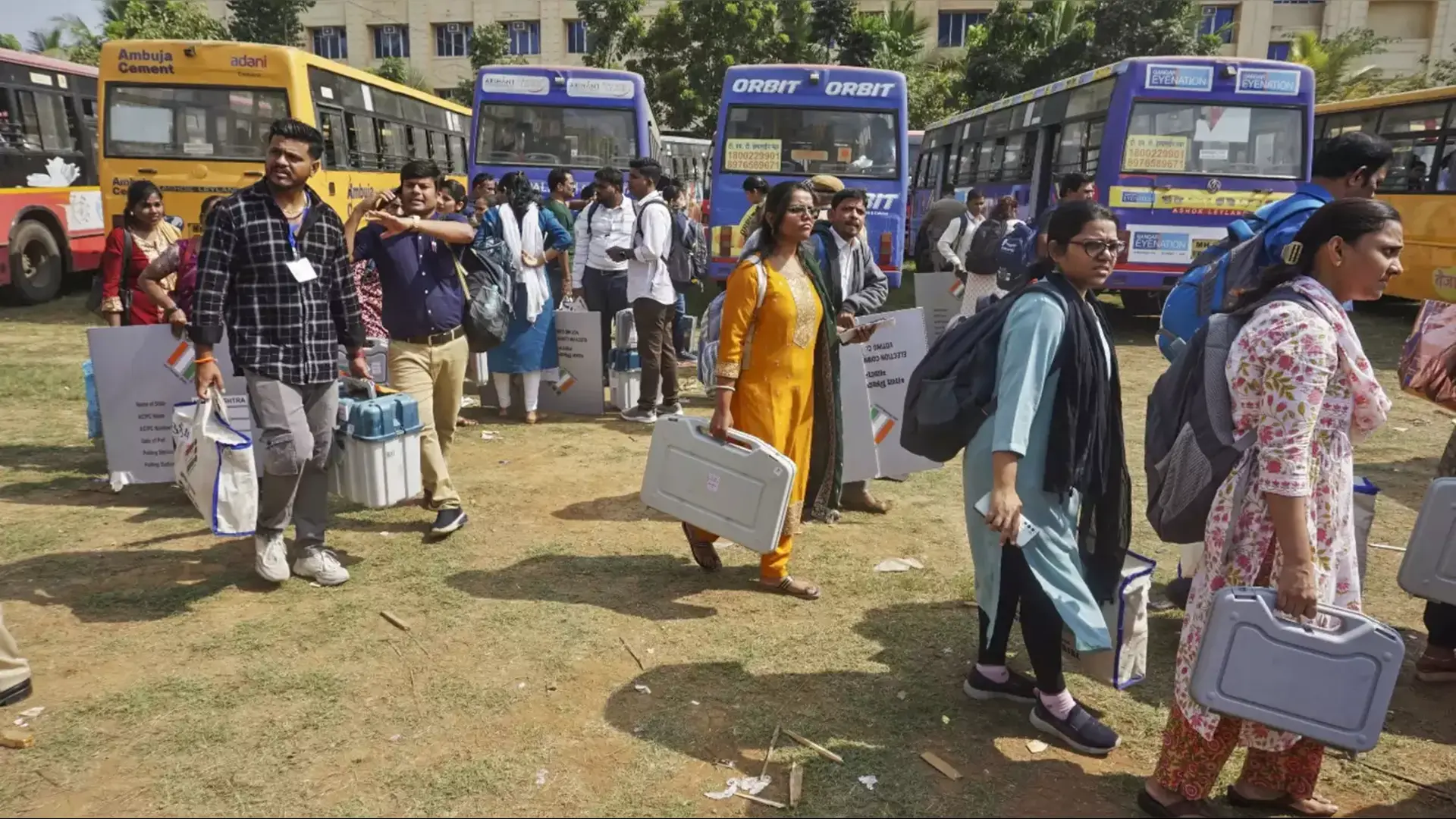
Globally, countries are progressing towards Universal health coverage as laid down under UN Sustainable Development Goals. The high out-of-pocket healthcare expenditure is taking a heavy toll and pushing 4% of the population below poverty line every year. Further, the havoc created by COVID-19 pandemic has brought to the forefront the need for universal health insurance coverage. As a nation, today, we have the opportunity to build on and scale our efforts to transform health insurance in India.
With a Vision to Insure health of billion Indians by 2025 CII organised 16th Health Insurance Summit 2022 supported by IRDAI on 30th August 2022, This summit is a Platform with a focus on democratized access to quality and affordable health care to all by placing the patient at the centre of care continuum.
Debashish Panda, Chairman, Insurance Regulatory and Development Authority of India, speaking at the Summit said, “The pandemic taught us that health insurance is a risk mitigation tool. During Covid, health insurance played a very important role by catering to 27 lakh population with claims worth Rs 24,000 crore. Insurance Act of 1938 was amended in 2015 and health insurance as recognized as a separate entity. As on date we have 6 standalone health insurance companies and to facilitate seamless re-imbursements there are 19 third party administrations. However, having said that, it is not enough for the size and diversity of the population. The health insurance market has grown at a CAGR of 19% in the last 5 years, however, given its potential it needs to grow at a CAGR of 30-35% CAGR. With India commemorating 100 years of its independence in 2047 our goal should be Health Insurance for All. We have already initiated amendment of regulations in sandbox that would help in innovation and experimentation. This would also give an impetus to start ups who are coming up with innovative solution. Going forward, parametric insurance products need to come up , OPD services need to be covered, treatments currently under exclusion should be included and distribution inefficiencies need to be addressed.”
Panda also mentioned of 3 A’ s i.e.. Awareness, Accessibility and Affordability. Going forward he emphasized the importance of reinforcing the trust of policy holders, the need to work around optimizing cost and the need for a comprehensive health insurance coverage for end to end healthcare services and include pre-existing illnesses. Health Insurance needs to work closely with healthcare providers and there is a need to brainstorm new and comprehensive products for geriatrics care, and pre-existing diseases. Another major challenge that needs to be addressed is the pricing of products that makes it unaffordable for many parts of the society. He also mentioned that IRDAI and NHA have formed a Joint Working Group on modality of seamless settling of claims.
Health insurance also needs adequate infrastructure and healthcare providers & health insurance providers need to work together and investors also need to invest on both. Currently availability of infrastructure is restricted to metros and tier 1 & 2 cities. He also mentioned that IRDAI has come up with BIMA SUGAM- an all in one insurance platform where one can sell all products. Need to think for a system, where pick from home to drop to home care along with feedback could be provided. He Also said, IRDAI is open to allow the regulations, which may benefit the citizens heath.
Dr Vinod Paul, Member, NITI Aayog stressed on 4 important themes the need, the progress, the opportunity and the way forward. One of the biggest developments in the last few years have been the launch of PMJAY that has involved 3.56 crore hospitalization and has disbursed INR 42000 crores. He said the health care system need to be developed much before 2047 and its must mature to propel and energies the achievements. Also, emphasized on to design right products for the population, covering elderly and preexisting diseases are very important and there should be no exclusion.
He concluded his address with 3 major takeaways – Aspirational and workable products for missing middle before December 2022, Transparency in the health care, Expand and speed up the penetration of private health sector.
Lav Agarwal, Additional Secretary, Ministry of Health and Family Welfare, GoI mentioned, “PMJAY is a paperless and cashless procedure. We need to leverage the use of technology aiming to provide a transparent transaction in health insurance. One has to focus on how insurance sector can be a change agent by seeing to it that the health insurance infrastructure across the country be strengthened. Healthcare should not only be curative but wellness should also be a part of the economy and therefore be included in insurance products. Health Insurance can also play an important role in making India a potential destination for medical value travel where end to end patient journey across the country will be monitored Large set of patients across the world visit India for medical treatment and ‘One Earth One Health ‘ is imbibed in our philosophy of service.
Speaking at the platform Krishnan Ramachandran, Chairman, CII Taskforce on Health Insurance & Chief Executive Officer and Managing Director, Niva Bupa said, “ If we have to improve the health insurance payment system in India we need to compare the reality of payment versus alternate models that need to be explored. Practice of medicine is becoming expensive in the country therefore it will become imperative to assess incremental costs and benefits only then healthcare can become increasingly accessible. With reference to medical inflation, it is seen that worldwide it is higher that general inflation. We should aim for an ideal patient experience by avoiding friction between hospitals and patients and to address this issue CII has already run pilots between insurers and hospitals to speed up payment systems and facilitate faster turnaround on discharge.”
Pankaj Sahni, CEO, Medanta – The Medicity said, “ It is pertinent to look at health insurance as an integral part to the growth of the healthcare industry.” He mentioned 3 Vs; Value of Care, Visibility and Values Inherent in Service Providers. For Value of Care he mentioned that the current challenge is how to define this value and what it means for the various stakeholders i.e. insurance and healthcare providers. The current challenge is that all stakeholders have competing definition of value and there is a need to re-orient ourselves to a unique definition encompassing all components. Elaborating of the 2nd V on Values Inherent in Service Providers he mentioned that when we talk of visibility and transparency, besides the healthcare and health insurance providers, the patient should also be included as an important stakeholder, as it is important to know if the patient is honest regarding his/her existing conditions as this can become a critical challenge towards the effectiveness of health insurance. The third V, values and ecosystem on which businesses are run is a critical part of success of health insurance. This would make imperative for healthcare providers to keep the population out of hospitals by changing our approach from prevention of diseases to management of health
Tapan Singhel, Chairman CII National Committee on Insurance and Pension and Managing Director and CEO Bajaj Alliance General Insurance said , “ In our country 4% of India’s population goes below poverty line every year because of lack of access to affordable healthcare. If we are aiming to cover a billion population under health insurance then one can imagine the kind and number of healthcare practitioners of healthcare practitioners and the scale of infrastructure that will be required. We need to move ahead by addressing these components.”















